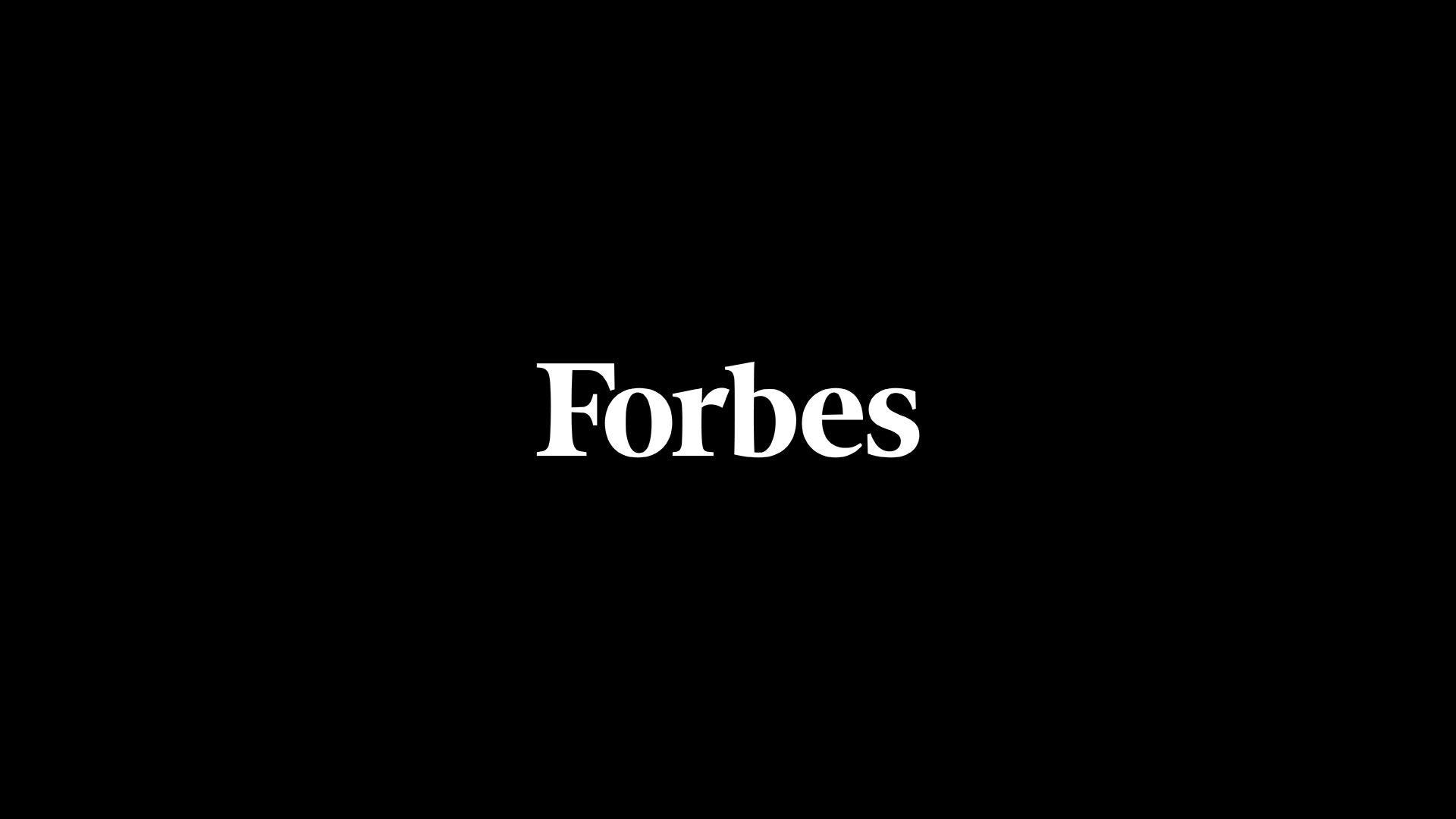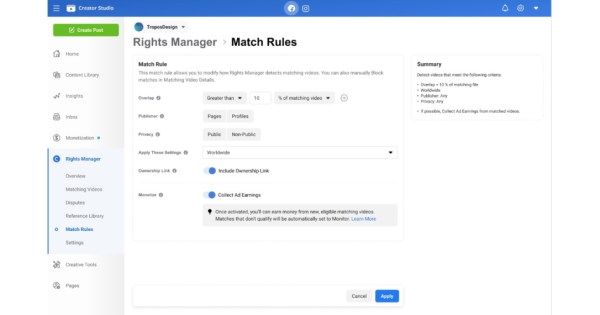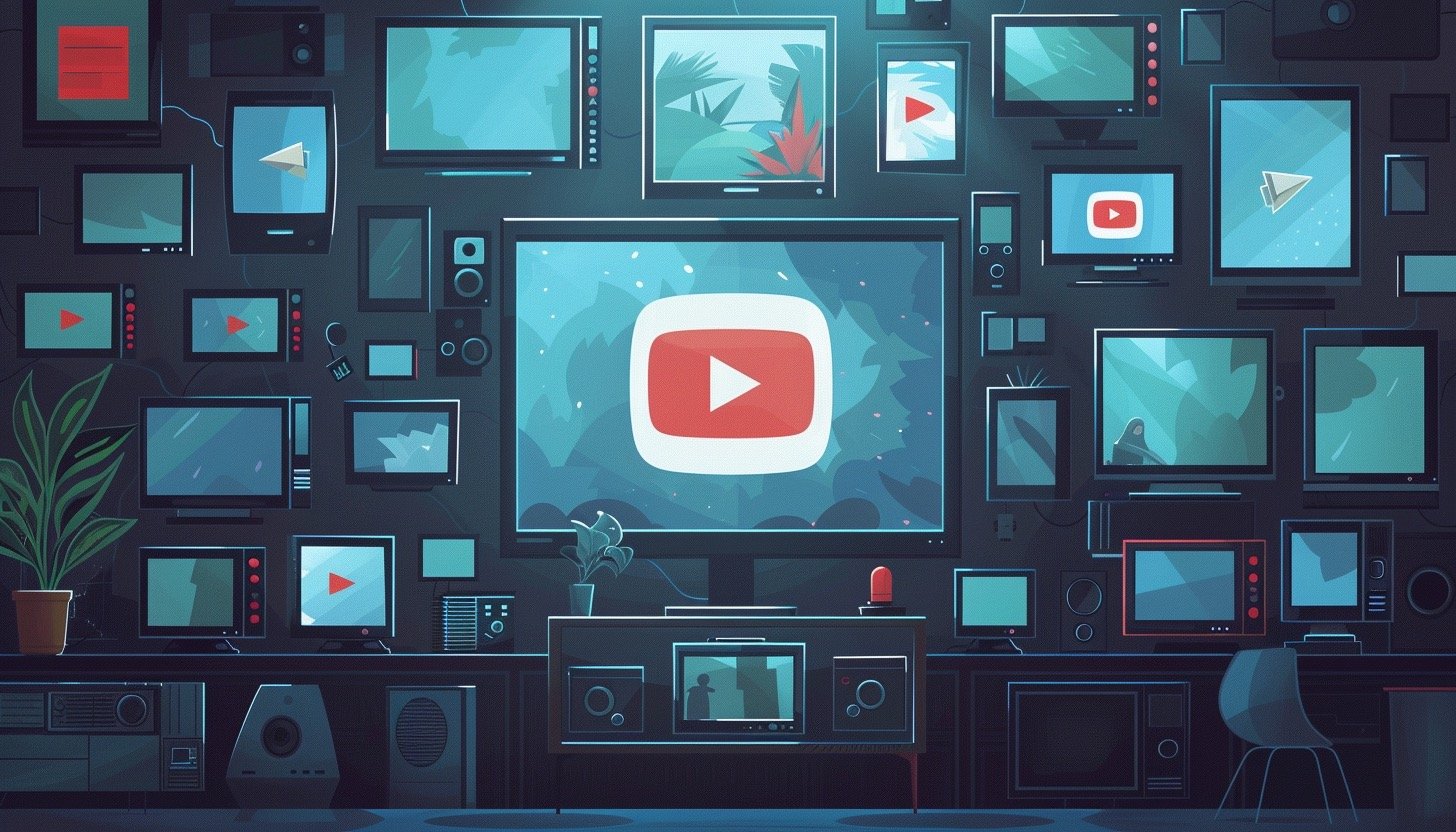Instagram head Adam Mosseri answered some tough questions about the platform’s lack of creator monetization in a 90-minute sit-down with Colin and Samir—including telling them programs like the Reels Play Bonuses were “burning money” and resulted in lower-quality content.
The longtime YouTube duo took Mosseri through a series of questions about other aspects of Instagram–How has short-form video changed the platform? How involved is Mark Zuckerberg? What makes a post do well in terms of reach? How far is Insta going to take this whole “embracing AI” thing?–but also spent a decent chunk of the chat on how Instagram struggles to get creators paid.
In talking about what Instagram is doing to improve things for creators (“We work hard, contrary to popular belief, on trying to keep them happy,” he quips), Mosseri says it’s primarily focusing on things like combating harassment and improving reach.
Subscribe to get the latest creator news
Subscribe
As for revenue, that “matters a lot, but actually to a very small subset of creators,” he says.
“The vast majority of creators are very small, and they’re too small to monetize in a meaningful way. And so, yes, they care about monetization, they want to hear about monetization, but it’s actually not the thing they can or should really focus on,” he says.
Colin is quick to point out that when he and Samir told their YouTube creator friends about the interview date with Mosseri, “They were so interested in revenue. I think, for us, we come from this culture of revenue share.”
Mosseri invites the pair to tell him that he’s wrong about how important monetization is to creators overall, but says it seems to matter most to large creators, “and large creators are disproportionately important, because they reach more people.” He also agrees YouTube and its AdSense program are “best in class” at creator monetization.
So what about Instagram’s own monetization program? It shut down the short-form video-specific program Reels Play over a year ago, and since then, its only form of creator monetization has been occasional, invite-only bonuses–like its recent Spring Bonus, available to some creators in the U.S., Japan, and Korea–that offer lump sum payments for making content.
Originally, those bonus payments focused mostly on video content, but now Instagram is incentivizing photo posts, too–and that’s because “it’s much easier to make those programs ROI-positive for photos than for videos,” Mosseri says.
One concern Instagram has about its monetization program, he says, is that content produced by creators to earn bonuses tends to be lower quality than Instagram’s other content that was produced for free. “That drop [in quality] is much lower for photos than for Reels,” he adds.
Yet another concern is something Mosseri calls “replacement value.” When Colin chimes in to mention that he would be incentivized to make more or different content to earn higher bonuses if Instagram would be transparent about why it was paying X amount of dollars for Y amount of viewership, Mosseri challenges him.
“The trick is, though, it’s not just about your viewership. It’s about the replacement value. So let’s say you made 10 Reels through the program, and they all got really good views. But if you hadn’t made them, we would’ve had just as much engagement from [content by Samir] that wasn’t paid for,” Mosseri says. “From an Instagram business perspective, the ROI is negative 100%. So if we paid you $1,000—making up numbers now—for 10 Reels and the replacement value was $0, you would look at your Reels and be like, ‘They all got 500,000 views, and these are the CPMs, you owe me X.’
“It’s like, yes, but from a business perspective, if we hadn’t paid you $1,000, we would’ve made the exact same amount of revenue,” he says. “Then we’ve actually just burned $1,000.”
Figuring out creator monetization has been slow going for Instagram because each time it distributes these bonuses (once every couple of months, often around holidays), it measures whether the content produced by creators who got paid “actually [increased] revenue for the app,” Mosseri says.
The platform is currently “iterating” with the bonuses it’s delivering in the U.S., Japan, and Korea, and will continue iterating for the foreseeable future, he adds.
We think the full interview is worth watching, but if there’s one thing you walk away with, it’s this: Instagram is lagging way behind competitors like YouTube and TikTok when it comes to getting creators paid for their work, and it’s probably going to be “iterating” until it can figure out a way for itself to make more money in the process. It’s also hoping creators will continue sharing their work on its platform while earning income from brand deals, which it estimates are a $15 billion business for them annually.
One of Mosseri’s final comments on the monetization matter? “Rev share’s not the only way to make money as a creator.”









